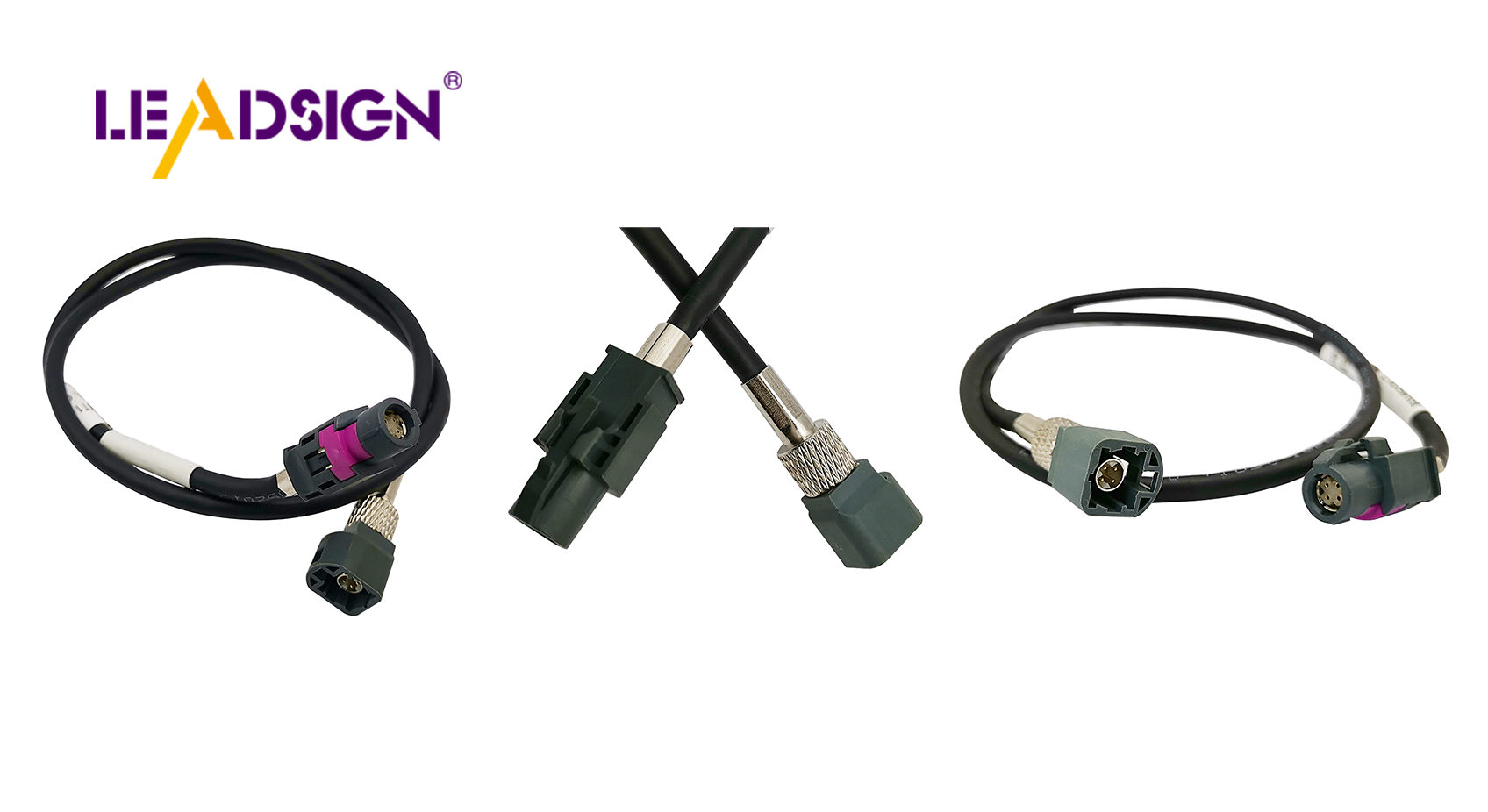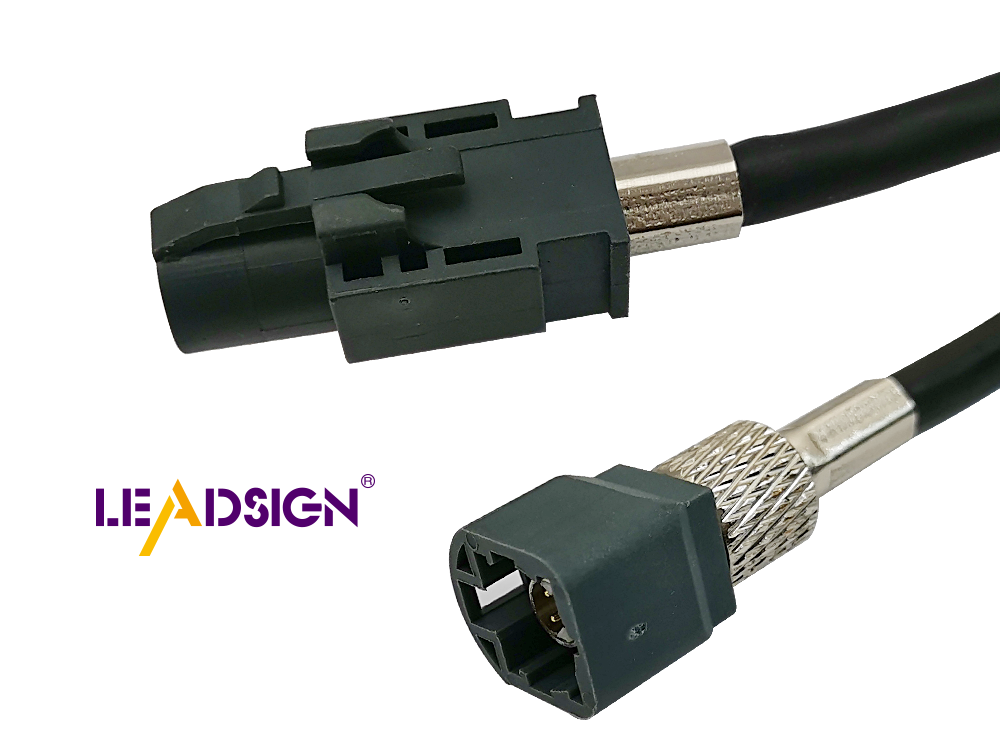Exploring the Specs of Automotive Wire Systems

Automotive wire systems are crucial for modern vehicles. They distribute power and transmit signals, essential for optimal vehicle performance. Understanding auto wire is vital for automotive professionals. Specifications guide the selection of appropriate components and materials, ensuring safety and reliability. Familiarity with these specs enhances the creation and repair of car electrical systems.
Overview of Automotive Wire Systems

Automotive wire systems are key parts of cars today. They help move power and send signals. Knowing about these systems is important for car experts.
Basic Components of Automotive Wire
Types of Wires
Different wires have different jobs in cars. Main wires do general electrical tasks. They usually have copper inside with plastic outside. Battery cables carry lots of electricity. They link batteries to starters and other parts. Special insulation resists heat well. Multi-core cables have many wires inside them. These help with complex things like entertainment systems.
Connectors and Terminals
Connectors and terminals are important in car wire systems. Connectors link pieces of wire together safely. Terminals connect wires to parts in the car. Crimped terminals hold tight physically. Soldered terminals make better electric connections. Picking the right connectors and terminals keeps the system working well.
Functions and Applications of Auto Wire
Power Distribution
Auto wire systems spread power in cars. They join batteries to electrical parts like lights or starters. Choosing the right wire size stops overheating problems. Good insulation stops short circuits from happening, too.
Signal Transmission
Sending signals is crucial for modern car systems. Auto wires send data between control units in the car, helping with driving aids and entertainment features, too! Shielded wires stop signal interference, while good materials keep signals clear.
Technical Details
Wire Size and Material
Common Sizes Used
Car wires use certain sizes. The size shows how thick the wire is. Thicker wires carry more power. Usual sizes are 18, 16, and 14 AWG. Each size fits different uses. Small sizes work for low-power jobs. Big sizes handle high-power needs.
Material Choices
Material affects how wires work. Copper is good for carrying electricity. Aluminum is lighter to use instead. Both have good and bad points. Copper doesn’t rust easily. Aluminum costs less money. Engineers pick based on what they need.
Covering and Safety
Types of Covering
Covering keeps wires safe from harm. PVC covering is used a lot in cars. It’s bendy and strong too. XLPE covering handles heat well. Silicone covering works in hot places best. Each type fits certain weather conditions.
Safety Steps
Safety helps wires last long time. Heat shrink wraps cover open spots on wires. Conduits keep wires safe from getting hit or cut. Sleeves stop scratches on wires too! Engineers use these to make systems work better longer.
New Ideas in Car Wiring
New Materials
Lighter Choices
Car wires now use lighter stuff to help cars run better. Engineers pick things like aluminum for car wires. These make cars weigh less and save fuel. Light wires also help electric cars by making batteries last longer. Makers choose these to be eco-friendly.
Stronger Wires
Strong wires are important for cars. Engineers make materials that handle tough weather. Special coatings keep car wires safe from damage. These stop harm from heat changes and shaking. Stronger wires mean they work well for a long time.
Smart Wire Systems
Working with Gadgets
Smart wire systems fit well with new gadgets in cars. Car wires link electronic parts, helping them do cool things. Stuff like music players and maps need good wiring to work right. Engineers make sure car wires send data fast and easy.
Checking Systems
Checking systems in car wires helps fix problems fast. Sensors inside the wire watch how it’s doing. They find issues and tell mechanics quickly. Finding problems early saves money and time fixing them. This keeps cars running safely.
Automotive wires are important in today's cars. They help spread power and send signals well. These wires make cars safer and more reliable. New trends use lighter materials and smart systems. These changes aim to save energy and be eco-friendly. Car experts need to know these updates to stay skilled.
See Also
Exploring High-Speed Data Connectors for Automotive Applications
Maximizing Automotive Data Transfer with Advanced Connectors
Improving Automotive Data Flow with High-Speed Connectors

